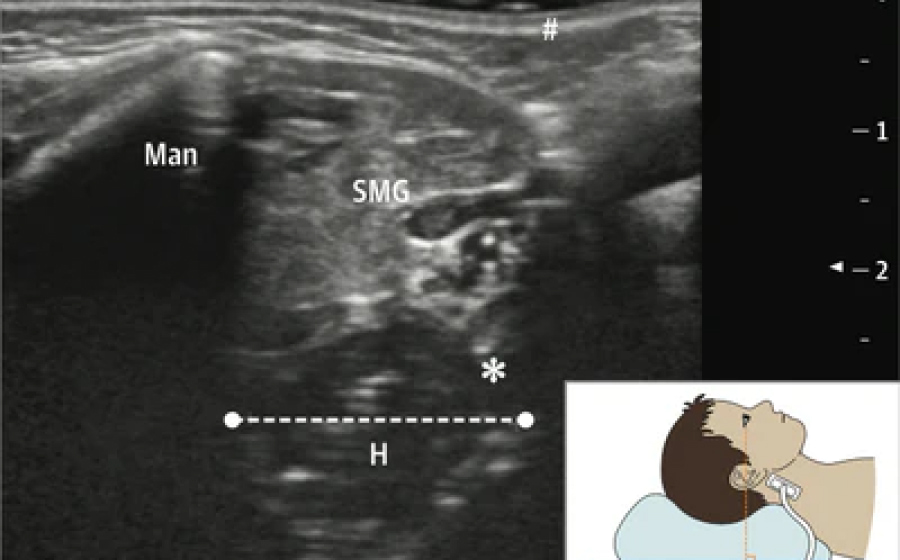IMPORTANCE
Adenotonsillar hypertrophy is an important cause of obstructive sleep apnea (OSA) in children. However, residual OSA and abnormal polysomnographic findings have been reported in up to 75% of cases after adenotonsillectomy. Other anatomical and functional factors that influence upper airway structures, including the lateral pharyngeal wall, have rarely been studied in children with OSA.
OBJECTIVE
To determine whether the upper airway structures can be evaluated using head and neck ultrasonography and if there is an association between the ultrasonographic measurements for these structures and severity of OSA seen on polysomnography in children.
DESIGN, SETTING, AND PARTICIPANTS
Prospective, single-center, observational study of 82 children younger than 18 years with a diagnosis of sleep-disordered breathing (20 with primary snoring, 62 with OSA, as determined by the apnea-hypopnea index) and admitted to a tertiary teaching hospital for adenotonsillectomy.
EXPOSURES
Ultrasonography and polysomnography.
MAIN OUTCOMES AND MEASURES
Ultrasonographic measurements of upper airway structures.
RESULTS
Of the 82 children studied, 62(76%) were boys; mean (SD) age,7.7(6.2). There was no significant difference found in tonsillar dimensions or volume between the children with OSA and those with primary snoring. However, the mean (SD) total lateral pharyngeal wall and the total neck thicknesses at the retropalatal level were both greater in children with OSA than in those with primary snoring at rest (24.9 [4.4] mm vs 21.3 [2.6] mm; difference, 3.61 mm; 95% CI of difference, 1.48-5.74 mm for lateral pharyngeal wall; and 59.9 [14.4] mm vs 49.9 [11.2] mm; difference, 10.9 mm, 95% CI of difference, 3.8-17.9 mm for the total neck).
CONCLUSIONS AND RELEVANCE
Estimated tonsillar volume measured using ultrasonography had no relationship with the apnea-hypopnea index in childhood sleep-disordered breathing. However, the lateral pharyngeal wall was significantly thicker in children with OSA than in those with primary snoring at rest.

